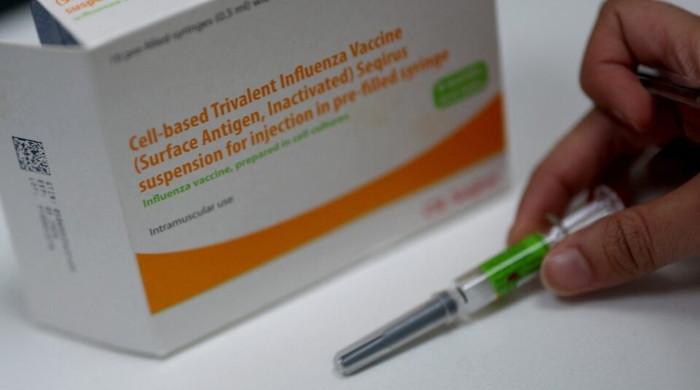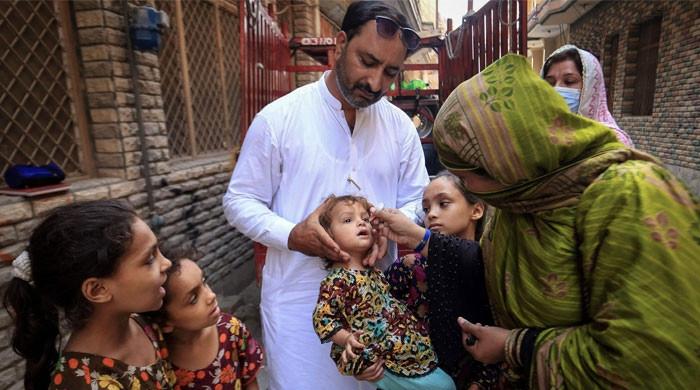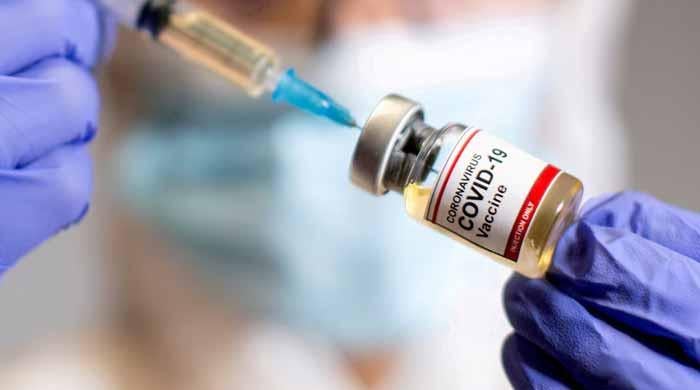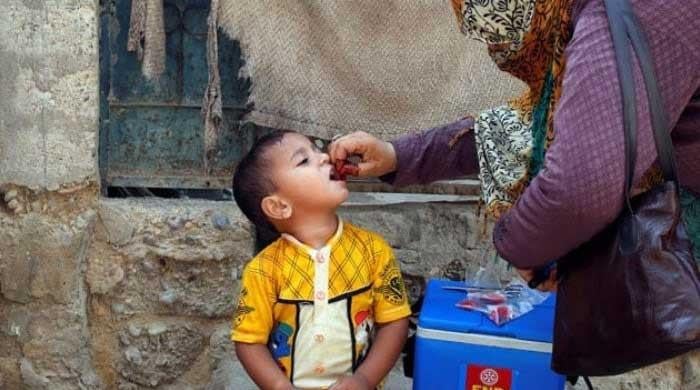Contaminated eyedrops infect 81 more; death toll hits 4: CDC
"Cases were confirmed after recall date due to time it takes for testing to confirm outbreak strain," says CDC
May 20, 2023

Centres for Disease Control and Prevention said that the cases related to drug-resistant eye drops are increasing as 81 cases have been reported with four deaths across 18 states, CBS News reported Saturday.
The data published Friday by CDC showed an uptick in deaths since March when it reported three deaths. Since then, 13 further cases have been reported including those whose specimens were collected prior to February when the eye drops were recalled from the market.
The CDC maintained: "These cases were confirmed after the recall date due to the time it takes for testing to confirm the outbreak strain and because of retrospective reporting of infections."
The Food and Drug Administration (FDA) advised citizens for months to cease using Delsam Pharma and EzriCare eye drops which the investigators suspected to be associated with the current outbreak.
The inspection by the FDA of the Indian plant in 2021 which manufactured the products unearthed a range of issues. The plant —operated by Global Pharma Healthcare Pvt Limited — showed dirty equipment to missing safeguards.
The same strain that caused the outbreak was found in the already-opened bottles of eye drops manufactured by EzriCare when the testing was conducted.
In analyzing unopened tubes of a different product from the same company, Delsam Pharma's eye ointment, FDA found them to be contaminated with bacteria.
Now the FDA has found bacterial contamination in unopened bottles of EzriCare as well, the CDC noted.
Transmission to other people
According to CDC: "Of new cases that have been identified after the recall, most were either using brands that had been recalled or involved people living in nursing homes with other previously diagnosed infections."
Health authorities have warned that “the rare strain of bacteria driving the outbreak — a specific variant of Pseudomonas aeruginosa — was spreading person-to-person, especially through contaminated surfaces in hospitals and other health care settings with vulnerable patients.”
"We usually find these strains in patients in health care settings, and they're spreading patient-to-patient through health care workers who maybe forgot to wash their hands, through contaminated medical equipment, or contamination in the health care environment," the CDC's Mayora Walters told the One Health Trust podcast.
While Pseudomonas aeruginosa infections, in general, are common, Walters underlined that the outbreak's rare drug-resistant strain — never before seen in the US — and its spread across facilities in multiple states made the situation unusual.”
"At first we had three separate outbreaks in different types of healthcare facilities, including very different types of healthcare facilities, and an outpatient eye clinic," Walters added.
14 people who had been infected with the bacteria have lost their vision. The figure was earlier than eight as reported by the CDC.
In addition, four patients needed their eyeballs surgically removed.
"Those just seemed to be sort of fairly typical outbreaks of this organism, with the exception of the eye clinic, which was definitely atypical because we'd actually never seen eye infections with this organism before," she said.









